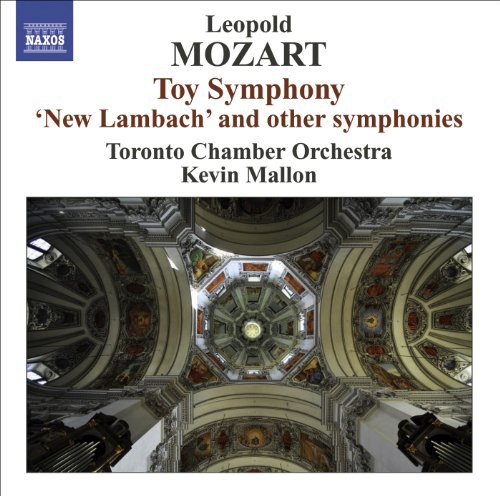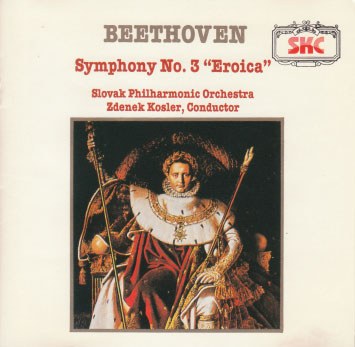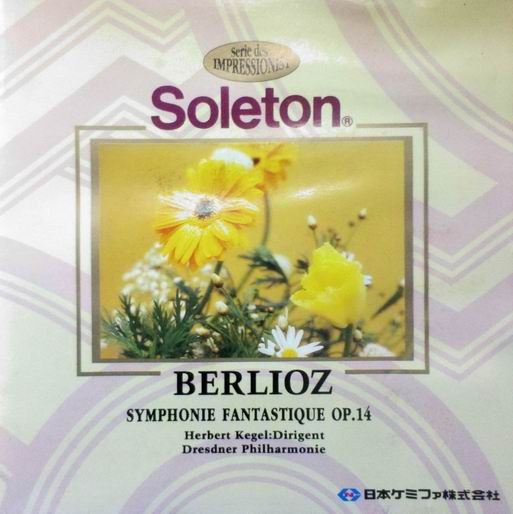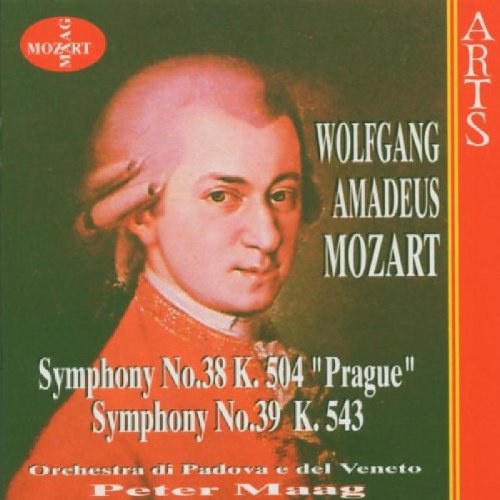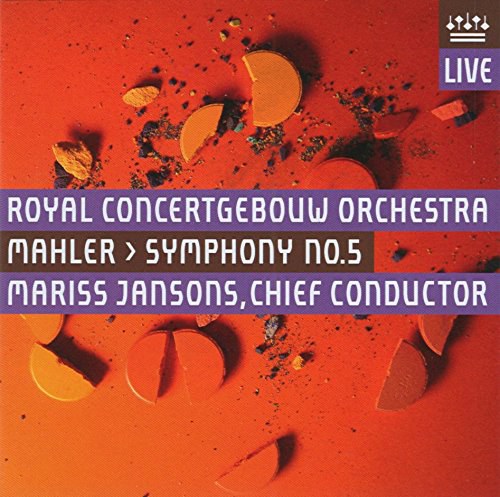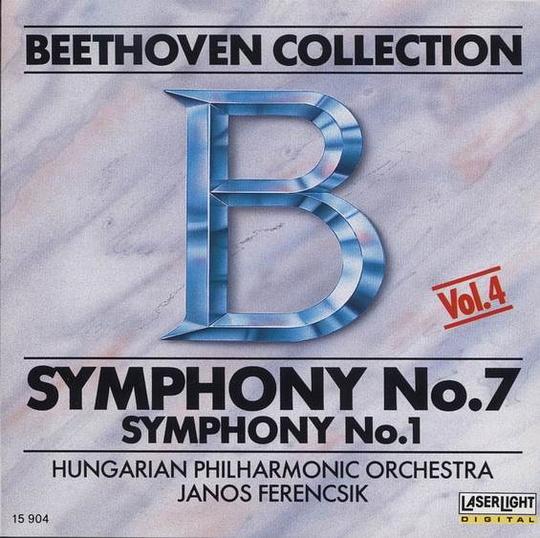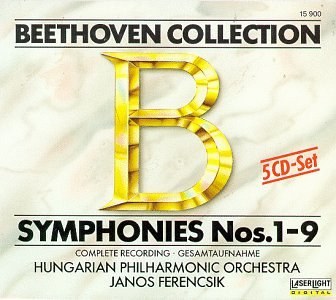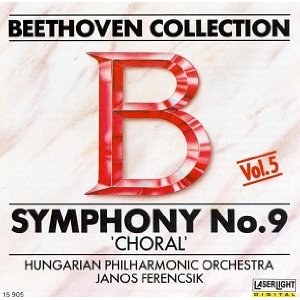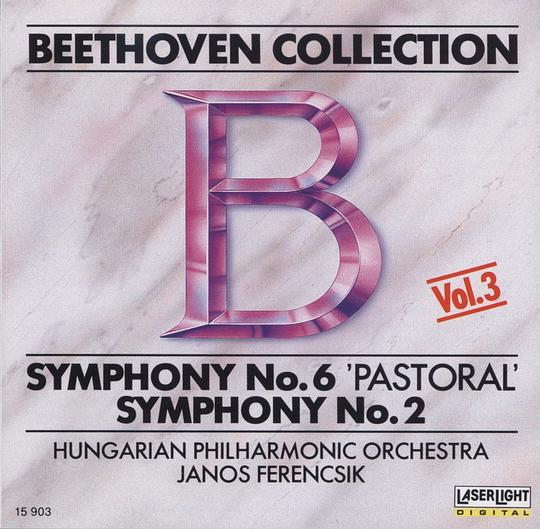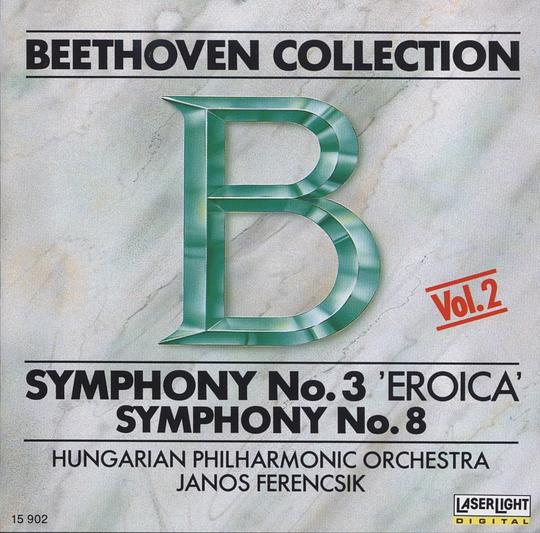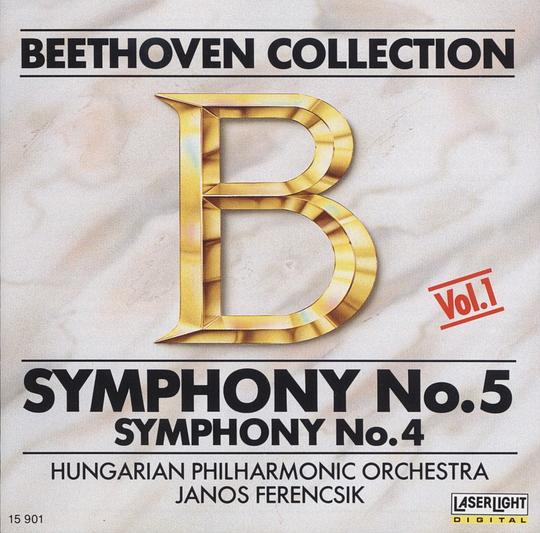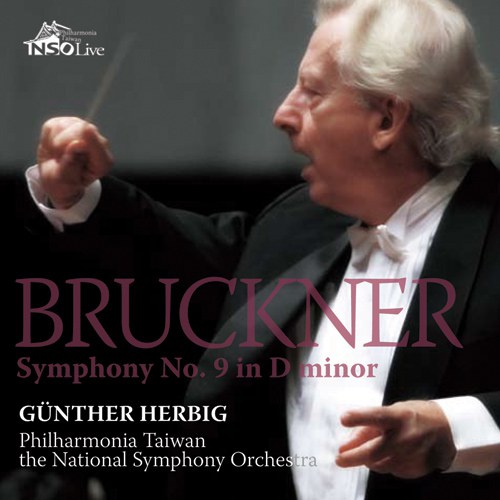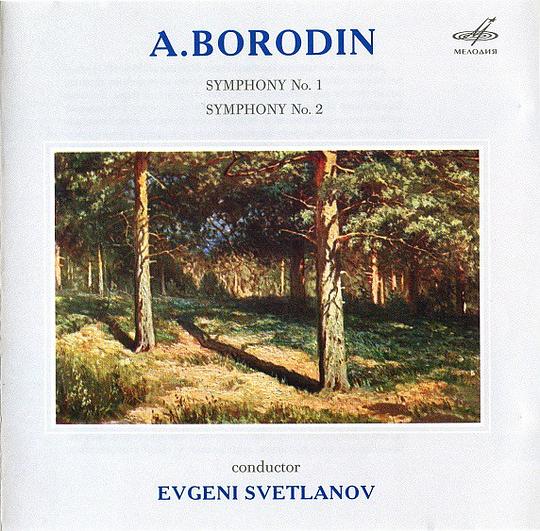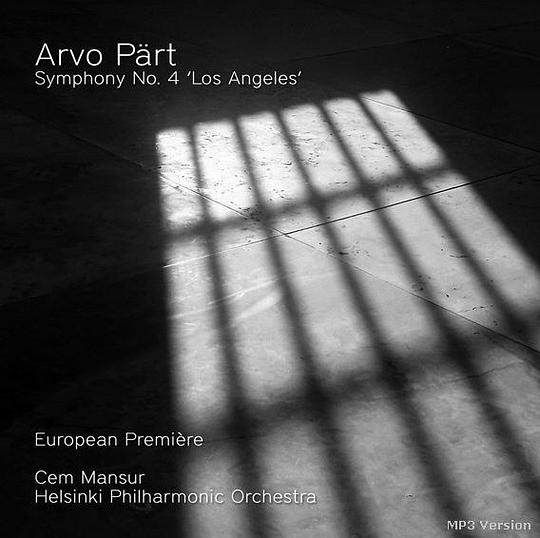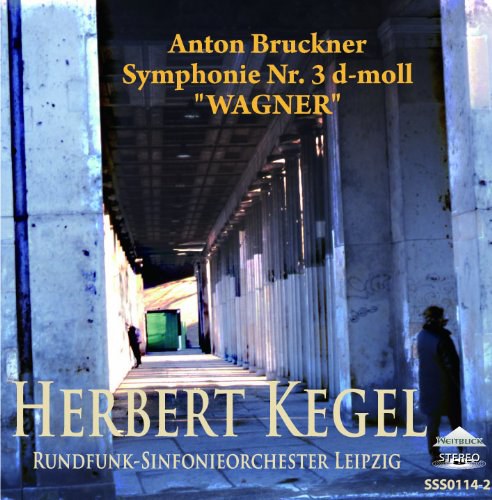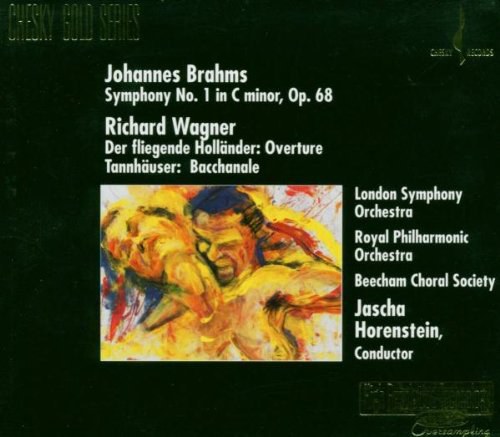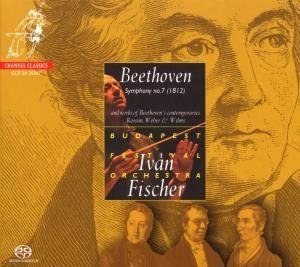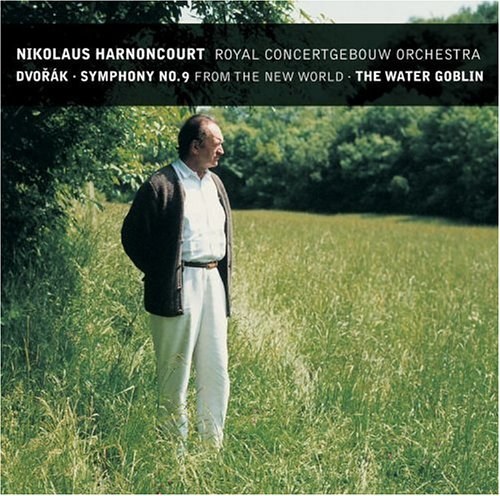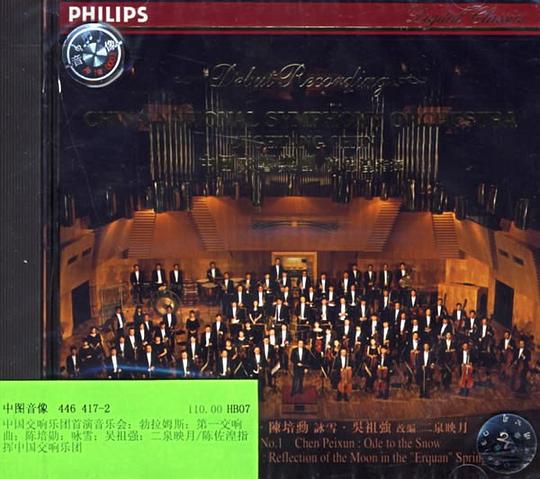Leopold Mozart: Toy Symphony; 'New Lambach' and other symphonies 豆瓣
Toronto Chamber Orchestra
/
Kevin Mallon
类型:
古典
发布日期 2008年10月28日
出版发行:
Naxos
After a stint in the service of Johann Baptist, Count of Thurn-Valsassina and Taxis, Salzburg canon and president of the consistory, Leopold Mozart was in 1743 appointed as fourth violinist in the court orchestra of Archbishop Leopold Anton Freiherr von Firmian; in addition to his duties at court, he taught violin to the choirboys of the cathedral oratory and, later, keyboard. By 1758 he had advanced to the post of second violinist and in 1763 to deputy music director. Earlier, in 1756, he published a violin tutor, the Versuch einer gründlichen Violinschule, that found immediate success throughout German-speaking Europe; Friedrich Wilhelm Marpurg wrote in his influential Historisch-kritische Beyträge zur Aufnahme der Musik that ‘a work of this kind has long been wished for, but one had hardly dared to expect it… What the famous [violinist] Geminiani was able to do for the English nation, the excellent Mozart has done for us Germans, and in providing us with a work of this nature has proved himself worthy of general approbation.’
Even before the publication of the Versuch, however, Mozart had made his name as a composer and the chief works by which he established his compositional renown, at least outside of Salzburg, were his symphonies. More than seventy such works attributed to him survive or are known to have existed at one time and it is likely that still others have disappeared from the historical record. It is clear from Leopold’s letters that he considered himself a modern, up-to-date composer, a claim borne out by several of his works. The symphonies span the period from the early 1740s to the early 1760s at least; a few may even date from the late 1760s or early 1770s. By and large their style is heterogeneous: some harken after the model of the three-movement Italian symphony, while others are closer in spirit to the south German-Austrian ‘chamber symphony’, a more intimate style characterized by a lack of distinction—at least in modern terms—between gestures appropriate to what we now think of as ‘orchestral’ and ‘chamber’ music respectively. Certainly there is, over the period 1740–1760, an increasing formal sophistication to his works, with clearly articulated second themes and distinct development sections more common in his later works.
The earliest of the symphonies on this recording, the Sinfonia in A major, A1, survives in a unique source copied at Lambach during the 1750s. Its inclusion in Breitkopf’s thematic catalogue for 1766—and the documented existence of at least one further copy (now untraceable)—suggests that like other symphonies by Leopold Mozart the work had a respectable if limited distribution. In this respect it is unlike other Salzburg symphonies of the 1750s and early 1760s, few of which circulated outside the Archdiocese. It is a mark of Leopold’s ‘international’ reputation that his instrumental music found a ready audience throughout most of German-speaking Europe. Scored for strings alone, the symphony is small in scale and limited in its expressive ambitions but its fluency and structural polish reveal at every turn the deft hand of an experienced and talented composer. The same claims can also be made for the Sinfonia in D major, D15, an altogether more interesting and impressive work whose orchestration includes a pair of horns. Although rarely encountered in Vienna (but frequently in the Viennese concerto), symphonies for two horns and strings enjoyed considerable popularity in southern Germany and unsurprisingly attracted Mozart’s interest. The enterprising horn writing in the first movement of D15 invites immediate comparison with works such as Johann Stamitz’s Symphony in F, Op. 3 No. 6, and Franz Beck’s Symphony in D, Op. 2 No. 1. Mozart’s sensitivity to timbre and texture within the cycle of movements is apparent in his employment of unison violins in the central Andante as a contrast to the full scoring of the opening Allegro and the Minuet which combines unison violins with horns (the Trio, in the relative minor, returns to strings alone, which adds a new timbral distinction with its running bass line and independent violin parts). But it is also to be seen in smaller details, often inaudible to the listener, such as the ‘hocketing’ effect in the first movement in which the two violin parts alternate a top A (later D) when the figure could easily have been assigned to a single part.
The Sinfonia in G major, G8 (= K6 Anh. C11.09) is one of six symphonies by Leopold Mozart also attributed to Wolfgang. The earliest reference to the work is its listing as a symphony for strings, two oboes and horns in Breitkopf’s 1775 thematic catalogue, where it is attributed to Leopold Mozart. By the early nineteenth century, however, the symphony was attributed to Wolfgang in the catalogue of Mozart holdings owned by Breitkopf & Härtel, and it was published under his name in 1841, with additional parts for flute, independent bassoons, trumpets and timpani. This attribution was later retracted, presumably based on the rediscovery of the original 1775 advertisement; when Breitkopf & Härtel reissued the score in the late nineteenth century they added the rider that new research showed that it was more likely to have been written by Leopold Mozart. Nevertheless, the symphony found its way into the earliest editions of the Köchel catalogue, as Anhang 293, and continued to be performed (with bloated orchestral forces) under Wolfgang’s name.
The composition itself is probably among Leopold Mozart’s later works. With respect to formal design, phrase structure (including a prominent flattened seventh in the opening phrase of the principal first-movement theme) and scoring, it most closely approximates the so-called ‘New Lambach’ symphony, almost certainly composed by the early 1760s and possibly as late as 1767, after the Mozart family’s return from the ‘Grand Tour’ of 1763–1766. Once again, it is the clever exploitation of the limited orchestral forces that proves one of the most fascinating aspects of the work. Unlike many mid-eighteenth-century symphonies which omit the wind instruments in the second movement, the central G minor Andante of the Sinfonia in G major, G8, retains the horns—crooked in the tonic and using handstopped notes to accommodate the new tonality – but not the oboes. Leopold’s sensitivity to orchestral colour is also evident in the vigorous third-movement Minuet which is scored initially for strings only and then adds first the oboes and then the horns, in the second half, but, tellingly, never employs them together. The internal musical organization of the four movements is similarly sophisticated and the symphony as a whole compares favourably with those of virtually any of Mozart’s immediate contemporaries.
Leopold Mozart’s claim to modernity, then, was not self-aggrandisement. And it is evident not only by the works themselves, but also by later scholars’ frequent inability to distinguish between Leopold’s mature works of the later 1750s and early 1760s, and the juvenile works of his son. A case in point is the so-called ‘New Lambach’ Sinfonia in G major, G16, which was incorrectly claimed for Wolfgang for the simple, biographical-wishful-thinking reason that it struck critics as more ‘modern’ than another contemporaneous work attributed to him. Notwithstanding source evidence to the contrary, there was nearly universal agreement that the ‘New Lambach’ had to be by Wolfgang and that the copyist had merely misattributed the work—easier to blame a sloppy copyist, it seems, than an infallible critic. But as the discovery of a new source for Wolfgang’s symphony unequivocally proved, the more modern of the two works was Leopold’s. Probably it was composed about 1767 or shortly before. The authentic manuscript was presented to Lambach Abbey on 4 January 1769, during the Mozarts’ return to Salzburg from an extended stay in Vienna. But because the manuscript was produced in Salzburg, it is likely to have been made before the Vienna trip began, in the autumn of 1767.
The ‘New Lambach’ represents Leopold at his most mature: cast in four movements, the opening Allegro is a fully-fledged sonata form (with a striking development section), the extensive Andante un poco allegretto that follows spins out its melody beguilingly, a traditional minuet and trio occupies third place, and the 12/8 Allegro finale fulfills the by then common rôle of bringing the work to a rousing end. It is an altogether serious symphony—like most of Leopold’s other, similar works—and no mere novelty. Yet it is the accusation of novelty, as in the Musical Sleighride or the so-called ‘Toy’ Symphony, that has undeservedly plagued Leopold’s reputation even though works such as these occupy no more than five percent of his output. The reasons for this may be biographical and not so different from the biographical arguments that informed the debate over the ‘New Lambach’ symphony: it is easier on our sense of history if Mozart is modern, and Leopold archaic, if Mozart is serious, Leopold is frivolous. Surely this explains the antipathy between father and son? And even, ultimately, the sorry trajectory of Wolfgang’s life? Yet this view hardly corresponds to the facts and indeed, the ‘Toy’ Symphony is in fact a serious work of entertainment—that is, it is seriously meant to be fun. It is not even certain, in any case, if Leopold is the author of the work, which survives in multiple versions with differing attributions. Rather it seems that some common musical material circulated throughout Austria and South Germany at the time, material generally understood to be harnessed to the sound world of children’s instruments including fifes, a wind machine and various percussion instruments. Above all, such works and such instruments were popular in the area around Salzburg and Berchtesgaden. A version of the ‘Toy’ Symphony attributed to Michael Haydn includes the three movements recorded here (Allegro, Menuetto, Finale-Presto), which are also in Leopold’s version—not included on this recording, however, are four additional movements by Leopold. These additional movements—making a total of seven altogether—ally the work closely with the more easy-going, multi-movement Cassation tradition (hence the title ‘Cassation’ on the original manuscript); the reduced version allies the work more closely with the then-current symphony tradition. No wonder, then, that Leopold was later seen as a trivial symphonist. Yet the work is not a symphony at all and was never intended to function or be heard in any way similar to that of his symphonies. Such, however, are the workings of history.
Cliff Eisen
Even before the publication of the Versuch, however, Mozart had made his name as a composer and the chief works by which he established his compositional renown, at least outside of Salzburg, were his symphonies. More than seventy such works attributed to him survive or are known to have existed at one time and it is likely that still others have disappeared from the historical record. It is clear from Leopold’s letters that he considered himself a modern, up-to-date composer, a claim borne out by several of his works. The symphonies span the period from the early 1740s to the early 1760s at least; a few may even date from the late 1760s or early 1770s. By and large their style is heterogeneous: some harken after the model of the three-movement Italian symphony, while others are closer in spirit to the south German-Austrian ‘chamber symphony’, a more intimate style characterized by a lack of distinction—at least in modern terms—between gestures appropriate to what we now think of as ‘orchestral’ and ‘chamber’ music respectively. Certainly there is, over the period 1740–1760, an increasing formal sophistication to his works, with clearly articulated second themes and distinct development sections more common in his later works.
The earliest of the symphonies on this recording, the Sinfonia in A major, A1, survives in a unique source copied at Lambach during the 1750s. Its inclusion in Breitkopf’s thematic catalogue for 1766—and the documented existence of at least one further copy (now untraceable)—suggests that like other symphonies by Leopold Mozart the work had a respectable if limited distribution. In this respect it is unlike other Salzburg symphonies of the 1750s and early 1760s, few of which circulated outside the Archdiocese. It is a mark of Leopold’s ‘international’ reputation that his instrumental music found a ready audience throughout most of German-speaking Europe. Scored for strings alone, the symphony is small in scale and limited in its expressive ambitions but its fluency and structural polish reveal at every turn the deft hand of an experienced and talented composer. The same claims can also be made for the Sinfonia in D major, D15, an altogether more interesting and impressive work whose orchestration includes a pair of horns. Although rarely encountered in Vienna (but frequently in the Viennese concerto), symphonies for two horns and strings enjoyed considerable popularity in southern Germany and unsurprisingly attracted Mozart’s interest. The enterprising horn writing in the first movement of D15 invites immediate comparison with works such as Johann Stamitz’s Symphony in F, Op. 3 No. 6, and Franz Beck’s Symphony in D, Op. 2 No. 1. Mozart’s sensitivity to timbre and texture within the cycle of movements is apparent in his employment of unison violins in the central Andante as a contrast to the full scoring of the opening Allegro and the Minuet which combines unison violins with horns (the Trio, in the relative minor, returns to strings alone, which adds a new timbral distinction with its running bass line and independent violin parts). But it is also to be seen in smaller details, often inaudible to the listener, such as the ‘hocketing’ effect in the first movement in which the two violin parts alternate a top A (later D) when the figure could easily have been assigned to a single part.
The Sinfonia in G major, G8 (= K6 Anh. C11.09) is one of six symphonies by Leopold Mozart also attributed to Wolfgang. The earliest reference to the work is its listing as a symphony for strings, two oboes and horns in Breitkopf’s 1775 thematic catalogue, where it is attributed to Leopold Mozart. By the early nineteenth century, however, the symphony was attributed to Wolfgang in the catalogue of Mozart holdings owned by Breitkopf & Härtel, and it was published under his name in 1841, with additional parts for flute, independent bassoons, trumpets and timpani. This attribution was later retracted, presumably based on the rediscovery of the original 1775 advertisement; when Breitkopf & Härtel reissued the score in the late nineteenth century they added the rider that new research showed that it was more likely to have been written by Leopold Mozart. Nevertheless, the symphony found its way into the earliest editions of the Köchel catalogue, as Anhang 293, and continued to be performed (with bloated orchestral forces) under Wolfgang’s name.
The composition itself is probably among Leopold Mozart’s later works. With respect to formal design, phrase structure (including a prominent flattened seventh in the opening phrase of the principal first-movement theme) and scoring, it most closely approximates the so-called ‘New Lambach’ symphony, almost certainly composed by the early 1760s and possibly as late as 1767, after the Mozart family’s return from the ‘Grand Tour’ of 1763–1766. Once again, it is the clever exploitation of the limited orchestral forces that proves one of the most fascinating aspects of the work. Unlike many mid-eighteenth-century symphonies which omit the wind instruments in the second movement, the central G minor Andante of the Sinfonia in G major, G8, retains the horns—crooked in the tonic and using handstopped notes to accommodate the new tonality – but not the oboes. Leopold’s sensitivity to orchestral colour is also evident in the vigorous third-movement Minuet which is scored initially for strings only and then adds first the oboes and then the horns, in the second half, but, tellingly, never employs them together. The internal musical organization of the four movements is similarly sophisticated and the symphony as a whole compares favourably with those of virtually any of Mozart’s immediate contemporaries.
Leopold Mozart’s claim to modernity, then, was not self-aggrandisement. And it is evident not only by the works themselves, but also by later scholars’ frequent inability to distinguish between Leopold’s mature works of the later 1750s and early 1760s, and the juvenile works of his son. A case in point is the so-called ‘New Lambach’ Sinfonia in G major, G16, which was incorrectly claimed for Wolfgang for the simple, biographical-wishful-thinking reason that it struck critics as more ‘modern’ than another contemporaneous work attributed to him. Notwithstanding source evidence to the contrary, there was nearly universal agreement that the ‘New Lambach’ had to be by Wolfgang and that the copyist had merely misattributed the work—easier to blame a sloppy copyist, it seems, than an infallible critic. But as the discovery of a new source for Wolfgang’s symphony unequivocally proved, the more modern of the two works was Leopold’s. Probably it was composed about 1767 or shortly before. The authentic manuscript was presented to Lambach Abbey on 4 January 1769, during the Mozarts’ return to Salzburg from an extended stay in Vienna. But because the manuscript was produced in Salzburg, it is likely to have been made before the Vienna trip began, in the autumn of 1767.
The ‘New Lambach’ represents Leopold at his most mature: cast in four movements, the opening Allegro is a fully-fledged sonata form (with a striking development section), the extensive Andante un poco allegretto that follows spins out its melody beguilingly, a traditional minuet and trio occupies third place, and the 12/8 Allegro finale fulfills the by then common rôle of bringing the work to a rousing end. It is an altogether serious symphony—like most of Leopold’s other, similar works—and no mere novelty. Yet it is the accusation of novelty, as in the Musical Sleighride or the so-called ‘Toy’ Symphony, that has undeservedly plagued Leopold’s reputation even though works such as these occupy no more than five percent of his output. The reasons for this may be biographical and not so different from the biographical arguments that informed the debate over the ‘New Lambach’ symphony: it is easier on our sense of history if Mozart is modern, and Leopold archaic, if Mozart is serious, Leopold is frivolous. Surely this explains the antipathy between father and son? And even, ultimately, the sorry trajectory of Wolfgang’s life? Yet this view hardly corresponds to the facts and indeed, the ‘Toy’ Symphony is in fact a serious work of entertainment—that is, it is seriously meant to be fun. It is not even certain, in any case, if Leopold is the author of the work, which survives in multiple versions with differing attributions. Rather it seems that some common musical material circulated throughout Austria and South Germany at the time, material generally understood to be harnessed to the sound world of children’s instruments including fifes, a wind machine and various percussion instruments. Above all, such works and such instruments were popular in the area around Salzburg and Berchtesgaden. A version of the ‘Toy’ Symphony attributed to Michael Haydn includes the three movements recorded here (Allegro, Menuetto, Finale-Presto), which are also in Leopold’s version—not included on this recording, however, are four additional movements by Leopold. These additional movements—making a total of seven altogether—ally the work closely with the more easy-going, multi-movement Cassation tradition (hence the title ‘Cassation’ on the original manuscript); the reduced version allies the work more closely with the then-current symphony tradition. No wonder, then, that Leopold was later seen as a trivial symphonist. Yet the work is not a symphony at all and was never intended to function or be heard in any way similar to that of his symphonies. Such, however, are the workings of history.
Cliff Eisen
